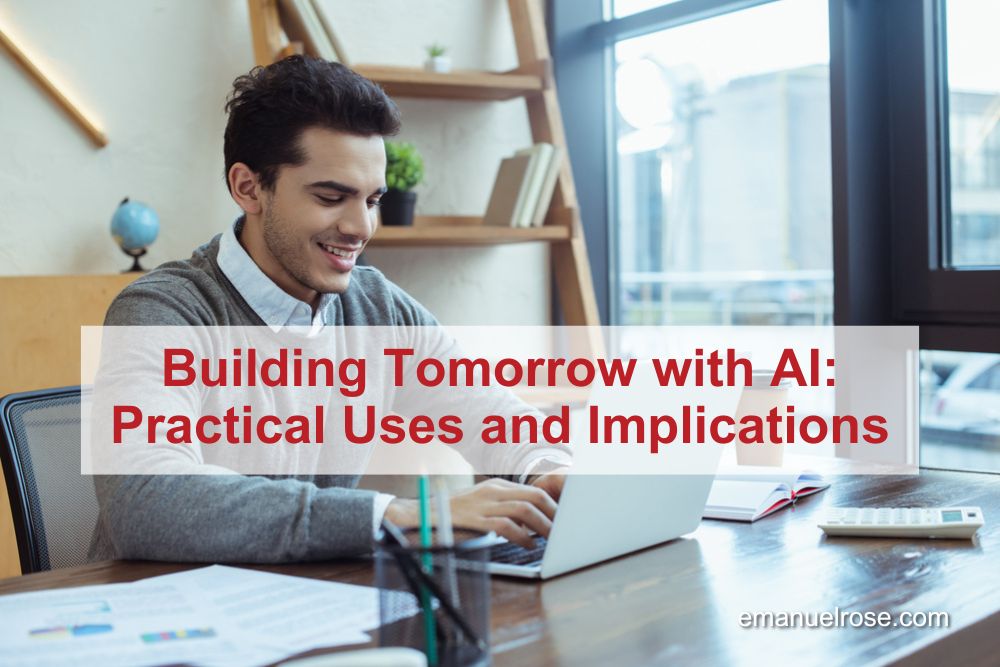In a competitive market, adapting to new technologies determines survival. Artificial Intelligence (AI) and blockchain are among the most transformative advancements that businesses must leverage to maintain relevancy. Today, I’ll explore the intricacies of AI-driven prediction systems, their potential in various sectors, and the philosophical underpinnings of their value.
The concept of using a distributed AI system to predict future events is not science fiction. Companies like Satori are already laying down the groundwork. Satori is an innovative network that pulls from vast data reservoirs to foresee what lies ahead. Let’s examine the practical applications and foundational concepts that make such a system invaluable.
Inspiration Behind AI-Based Predictive Systems
The initial inspiration for Satori was to create a distributed system focusing on future predictions. This network uses nodes operated by volunteers to gather and analyze public data, deriving valuable predictions. Users can input diverse data streams, from economic indicators to environmental statistics, making the system versatile.
The heart of the network lies in its decentralized structure. This ensures robustness and reliability, minimizing the risk associated with data storage singularity. For example, data concerning economic trends, weather patterns, or even niche interests like hunting season predictions can be integrated and queried. The collective computational power and distributed data storage make forecasting increasingly accurate as more diverse data sets are introduced.
How It Works: Data Warehousing and Prediction

Satori’s data is warehoused across its network. Public data from various sources, such as economic reports and environmental statistics, are aggregated. Each node in the network contributes a fragment of the data, ensuring decentralized storage and processing.
The AI agrees upon consistent patterns and uses historical data to forecast future outcomes.
This resembles the concept of “wisdom of the crowd,” where aggregating diverse inputs leads to superior predictions compared to isolated analytical processes. By continuously refining its models based on incoming data, the system evolves, offering increasingly precise forecasts.
Practical Applications
The applications of such a predictive system are vast. Whether it’s predicting economic trends, weather patterns, or the impact of policy changes, the AI-driven insights can help industries make informed decisions.
Take, for instance, natural disaster management. By predicting the likelihood and severity of hurricane seasons in areas like Florida, resources and services can be allocated more effectively, mitigating potential damage. Similarly, industries like agriculture can benefit immensely. Farmers can use predictions about weather patterns and crop yields to optimize planting schedules and resource use.
Monetization and Sustainability

AI's Role in Marketing
Although primarily discussed in the context of broad predictions, Satori’s principles can be transplanted into more niche areas such as marketing. Imagine a scenario where a marketer could upload a campaign idea into a system like Satori and receive predictive feedback on its potential success. While this feature might not be immediately available, its potential implications are profound.
Marketers could gain insights into campaign performance before launch, allowing data-driven adjustments. Furthermore, aggregated consumer data and economic indicators can help tailor strategies to emerging trends, ensuring campaigns resonate with target audiences.
Data Integration and Compliance

Addressing Global Challenges
One of the most notable long-term visions for such a system is its potential to mitigate global challenges by predicting and heading off crises. Events like the 2008 financial crisis highlight the need for predictive models that can foresee black swan events. A sophisticated AI system can analyze disparate data points to detect potential risks and suggest preemptive actions.
However, the implications of this are profound. If we can predict and act on future events, the nature of these predictions changes. By altering behaviors based on predictions, the future itself is modified, creating a recursive loop of continuous improvement and adaptation.
The convergence of AI and data analytics opens up revolutionary pathways for businesses and societies to thrive. Systems like Satori demonstrate the potential breadth of applications, from economic forecasting to natural disaster management. Leveraging these technologies promises not just competitive advantage but also societal resilience against uncertain futures.
As this process continues, it’ll be fascinating to see how AI and predictive analytics shape our collective evolution.

